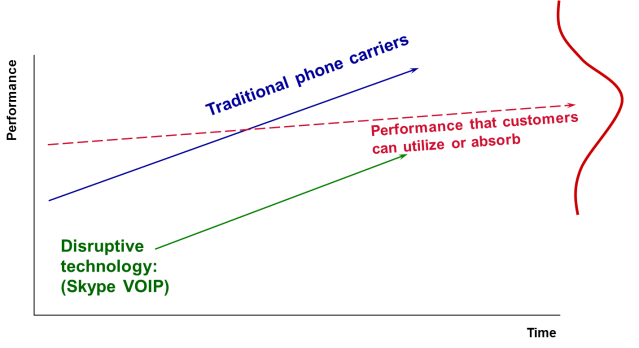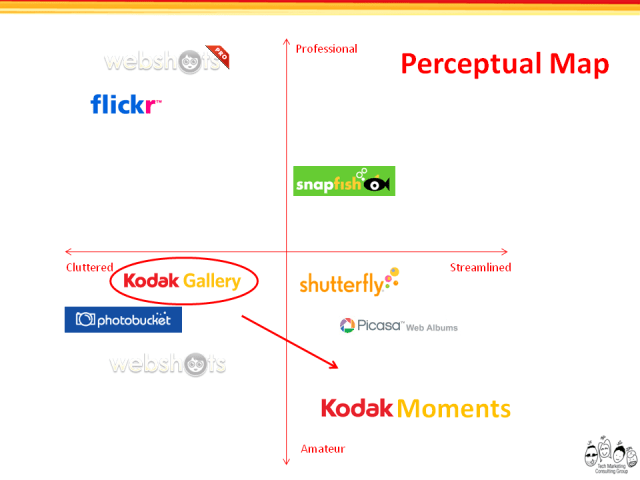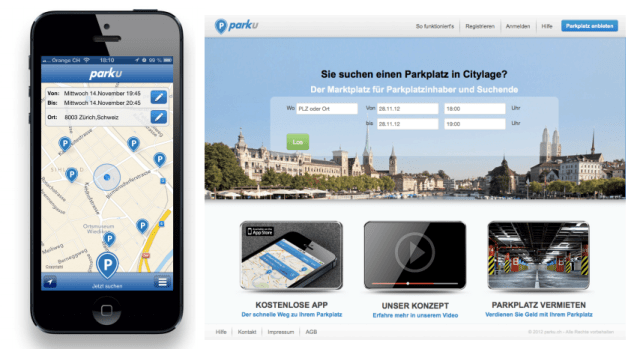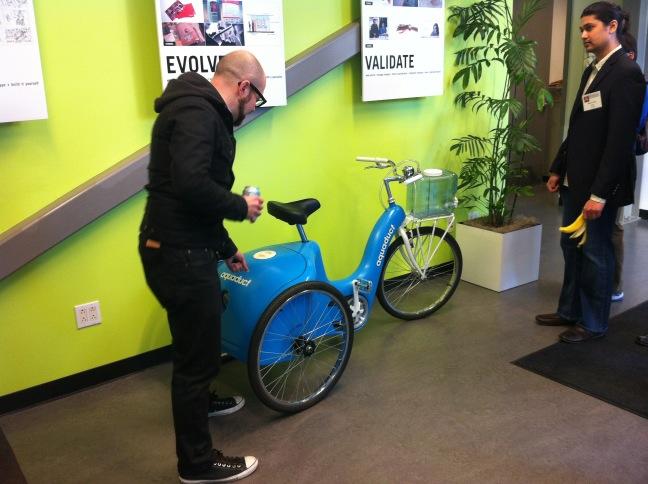Most
of us, when asked about how and where we want to die, answer simply "at
home." Making that happen is not always as simple as it sounds. After a
post in November, "
Turning a Home into a Hospital,"
some readers of this blog left comments asking what equipment they
needed on hand and what other steps they needed to take to make that
last wish a reality.
To even begin to answer that, you have to
consider two things - not simply the patient's situation, but the
caregiver's, too, said Dr. R. Sean Morrison, director of the National
Palliative Care Research Center at the Mount Sinai School of Medicine in
New York.
"What I see that prevents people from being able to
stay at home [to die] is not their medical needs but the needs of their
caregiver -- can the caregiver really help, are there resources to help,
or is that person going to be overwhelmed?" Dr. Morrison said.
There
is professional help available. But before we get to that, here are
what specialists say are the most common kinds of equipment and
preparations you may need - though, of course, every person's medical
and emotional condition is different, as is every person's home.
1. Make room for the bed.One
of the trickiest parts of bringing the patient home is realizing that
the bedroom may not be the best place to put the bed, especially if it's
located up even a few stairs. "A lot of people put the patient in a
family room where there is more space, or the dining room if it's closer
to a bathroom," said Dr. Stacie K. Levine, a geriatrician and
palliative care physician at the University of Chicago. Or you might
consider a room closer to the kitchen - the center of life and activity
for most families.
2. Don't forget curtains for privacy. You
can still provide privacy for whichever room you decide to turn into
the bedroom by putting up a temporary curtain using a spring pressure
curtain rod in the doorway. Especially in the patient's already
vulnerable state, a little privacy can go a long way toward preserving
dignity.
3. Get tools that keep them moving.Walkers,
four-point canes and slim wheelchairs all help the patient to get out
of bed and take part in daily life (and are covered by Medicare). To get
the house ready for this new equipment, Dr. Levine cautioned, you will
have to remove slippery throw rugs, as well as chairs and other
furniture that can get in the way. (See
this earlier post and
this post for more details on reducing fall hazards at home.)
Changing
door handles from knobs to levers can make moving from room to room
easier on the patient feeling weak or suffering from painful arthritis.
4. Fix their favorite chairs.Many
patients find that they are just too weak to get up from what used to
be their favorite chair. You can buy risers or foam cushions to put on
the seats -- or replace a side chair with an armchair -- to give them
extra leverage and allow them to stay in their old spots comfortably.
5. Experiment with earphones. You
may need several models to fit into the TV, radio and iPods or tape
players so those who are losing their hearing can still enjoy their
entertainment, whenever they choose, without disturbing the rest of the
household.
6. Make the existing bathroom safer."You'll
need to install grab bars or benches inside the tub," Dr. Levine said.
(Note: Tub benches, costing about $30 to $40, are one of the few things
Medicare does not cover, according to Janet Wulf, a home care registered
nurse with Gilchrist Hospice Care in Baltimore, the largest hospice
organization in Maryland. Convertible commodes with arms that fit over
the existing toilet - and solid foam risers that fit on the toilet seat
-- make sitting and getting up easier.
"Sometimes we suggest
changing the shower head to install a hand-held shower head so that they
can still participate in bathing themselves," Dr. Levine advised.
Putting down nonskid bathmats with a rubber underside also helps prevent
slipping. (Find other bathroom and household safety tips in an
earlier post on fall prevention.)
7. Good lighting is critical.Nighttime
trips to the bathroom or even moving down poorly lit corridors on an
overcast day can pose serious falling hazards for those whose eyes and
minds may be declining. Night lights with light sensors in every room
and hallway of the house are an energy-and-cost-efficient way to keep
pathways lit and safe.
8. Bedside commodes are a delicate matter.People
resist bedside commodes, said Dr. Morrison. It's not only the lack of
privacy, but it makes them feel like invalids. Dr. Morrison said he
stresses with patients that it's safer than slipping and falling on the
way to the bathroom. And it can be done discreetly. "I say, 'We can put
it there at night and move it in the morning.'"
What if they still
balk, as many do? Dr. Morrison had this useful reminder: "Our parents
are adults and they are allowed to make bad decisions."
9. Make breathing easier. If
the patient experiences breathlessness, common for those with heart and
lung disease, Dr. Morrison said, oxygen equipment can ease the
discomfort and the anxiety that gasping for breath can trigger. The
caregiver needs to practice not only operating the machines, but getting
the long, plastic oxygen tubing out of the way as the patient moves
around the house.
10. Are pain pumps or intravenous drips for pain helpful?In
most cases, they are not necessary. "We can control pain orally with
medication that comes in highly concentrated form, so even if patients
can't swallow, they can have pain control," Dr. Levine said. Or the
patient can get a steady baseline of pain medication by wearing a skin
patch, or a nurse can administer a shot (through the skin, not the
muscle, which would itself be painful).
Occasionally, for those
with long-standing pain issues who require unusually high doses of
medication, an intravenous drip can deliver a steady supply, which can
be controlled by the patient with a button (within limits) or by a nurse
or caregiver.
In even more rare cases, for patients with the
highest pain-control needs, an intrathecal pain pump can be inserted
into the intrathecal space around the spine area, "much like an epidural
used in childbirth," Dr. Levine said, and added that "It is an invasive
procedure and requires a lot of monitoring." So it is most commonly
used as a solution for chronic pain over many years - and rarely
recommended for those with less than a few months to live.
11. Should you order a hospital bed?The
idea of bringing this piece of equipment home sparks some of the most
emotional disputes, among patients and caregivers alike.
"It's a big deal to give up sleeping with a lifetime partner and the warmth and comfort of sleeping together," Ms. Wulf said.
It
is also the one piece of equipment that clearly turns the home into a
hospital. Small wonder so many resist, as the blogger who wrote the "
Turning Home into a Hospital" post admitted.
"And
there is the issue of where are you going to put it?" said Ms. Wulf, as
the hospital bed is not only an extra bed in the home, but it is
slightly longer than a regular twin bed.
But if your loved one is
having trouble getting in and out of a regular bed, and your back is
being strained as you help, the hospital bed, which lowers, can make
that process safer and easier for both of you. (It is covered by
Medicare.) Similarly, being able to raise the hospital bed can make
assisting with dressing, changing adult diapers and making up the bed a
lot easier.
Also, because the head and foot of the hospital bed
can be adjusted separately, it can make patients (especially those with
heart and lung disease who need propping up to prevent fluid from
accumulating in the lungs and legs) more comfortable than they would be
lying flat or propped up with an assortment of pillows.
For those
with dementia, who forget to change position, or with cancer and other
ailments that leave them too weak to move around, the hospital bed --
with an air compression mattress -- will do the job for them. It can
prevent bedsores, which, according to Dr. Levine, "can start very soon
in somebody who isn't turned and repositioned every three hours" all day
and night.
12. Consider hospice.Equipment
aside, one of the biggest resources that a caregiver can call upon in
these last stages, in addition to backup care from family, friends and
home health aides, is hospice -- as we've talked about in this blog many
times. I can tell you from my family's recent experience that hospice
is like sending in a team of loving aunts - only they're far more
patient (no family baggage) and way more competent.
A good hospice
team not only helps the caregiver figure out a plan for care but
arranges for Medicare approval and payment. What many don't know is that
hospice even covers "respite care" for the caregiver - paying for up to
five days of room and board for the patient in a nearby medical
facility (or nursing home) so the caregiver can take a break - even to
go on vacation, according to Lori Mulligan, senior director of
development marketing and community services at Gilchrist Hospice Care,
the largest hospice care organization in Maryland.
But as this
blog has written many times before, too many people wait until the very
end to call hospice. The median time in hospice is about 19 days, and
more than a third of patients wait until the last week, according to the
2012 report tracking hospices nationwide from the National Hospice and Palliative Care Organization.
Why
don't they take advantage of the six months of extra help at home that
they are eligible for under Medicare once a prognosis is made?
First,
"clinicians are not great at prognosis" until the very end, said Dr.
Levine. And the patient and family aren't always ready to hear it.
"When
people think of hospice, they think, 'Oh, my mom will be lying in bed
all the time,'" Dr. Levine said. Or they worry that calling in hospice
may actually hasten death. Instead, Dr. Levine has found just the
opposite.
"I have been doing this for over a decade and I find my
patients who choose hospice sooner at home may live a little longer,"
said Dr. Levine. When you shift the focus from a full-court press on
cure (hospitals' goals) to providing comfort (hospice credo), patients
can stop using all their energy to fight the pain, so they are more
likely to have the energy to "eat and walk and do all the things they
like to do that keep us alive," Dr. Levine added.
How do you know when it's time?
Dr.
Levine advises: Ask yourself if you would be surprised if the person
you're caring for would die within six months. And ask the patient about
his or her goals. If he or she feels that all the treatment options
have been exhausted but the disease is still progressing, and the
patient is tired, doesn't want to go back into the hospital, and just
wants the comfort of their own bed -- then it may be time to go home.
One more thing to bear in mind if you decide to call hospice: size matters.
"The
larger the hospice, usually the more services for the patient and
caregiver," said Dr. Morrison, referring to a 2011 study in
Medical Care journal
supporting the bigger-is-better rule of thumb. "Ask for their daily
patient census - several hundred patients per day is a good size," Dr.
Morrison added.
Remember, the point of all this is to make both the patient and the caregiver as comfortable as possible in those final days.
For most of us that can mean, "There's no place like home."




















